April 8, 2025
Letters from Indochina (Part 9)
By Simon J. Lau
Today was my last full day in Cambodia, and I wanted to make the most of it. I woke up early again to catch the sunrise at the park — this time at sites along the Grand Circuit, a wider loop of temples that stretches beyond the more tourist-heavy Small Circuit. While the Small Circuit covers the most iconic and well-known temples, such as Angkor Wat, the Grand Circuit offers a quieter, more low-key experience, with temples that are more spread out and often less restored. I like to think of it as the park’s more rustic, unadulterated side.
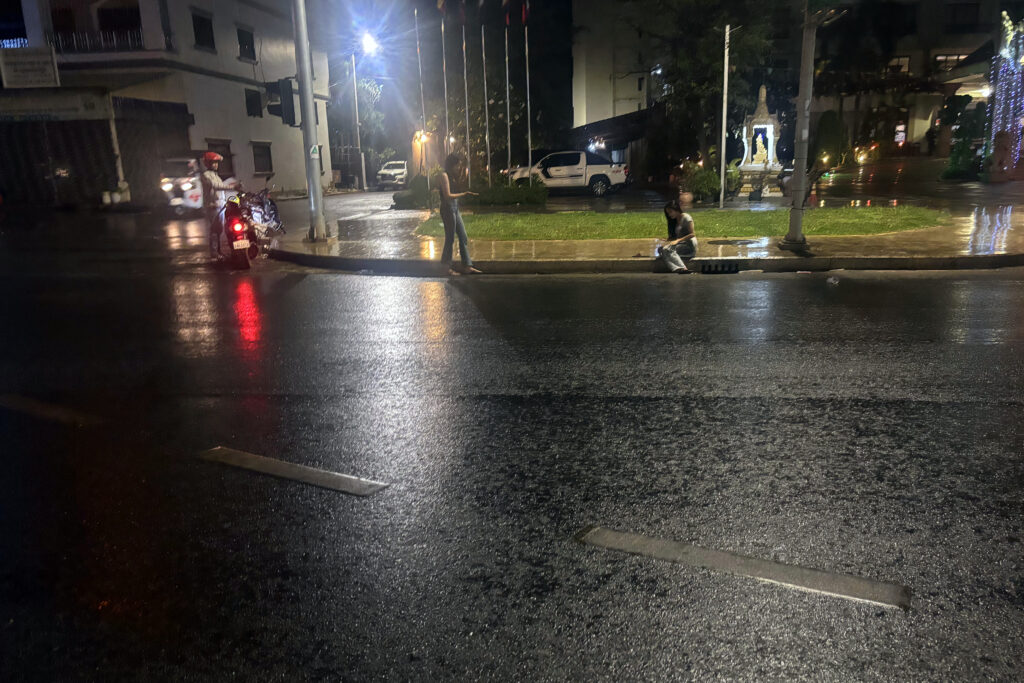
I left around 4:30 a.m., and as we were leaving the city center, it began to rain. Not long after, I saw two girls on a scooter lowside and fall. Both the driver and the passenger — both young women — were on the ground. My tuk-tuk was still in the center lane, preparing to make a left turn, but I asked the driver to stop so I could help. By the time I reached them, the passenger was already up, but the driver was still lying in the road. Possibly concussed, she couldn’t get up on her own, so I helped her by the arms and moved her to the sidewalk. Another Good Samaritan helped move their scooter off the road.
Neither girl had any visible facial injuries, surprisingly, though I’m almost certain the driver hit her head. They weren’t wearing any protective gear either — no helmets, just slippers and short-sleeve shirts. I’m no doctor, so once the passenger was walking around and the driver was sitting upright, I gave them a nod and moved on. Hopefully this experience convinces them to wear proper gear next time. They were both young and pretty — but being pretty won’t save your face from eating asphalt.
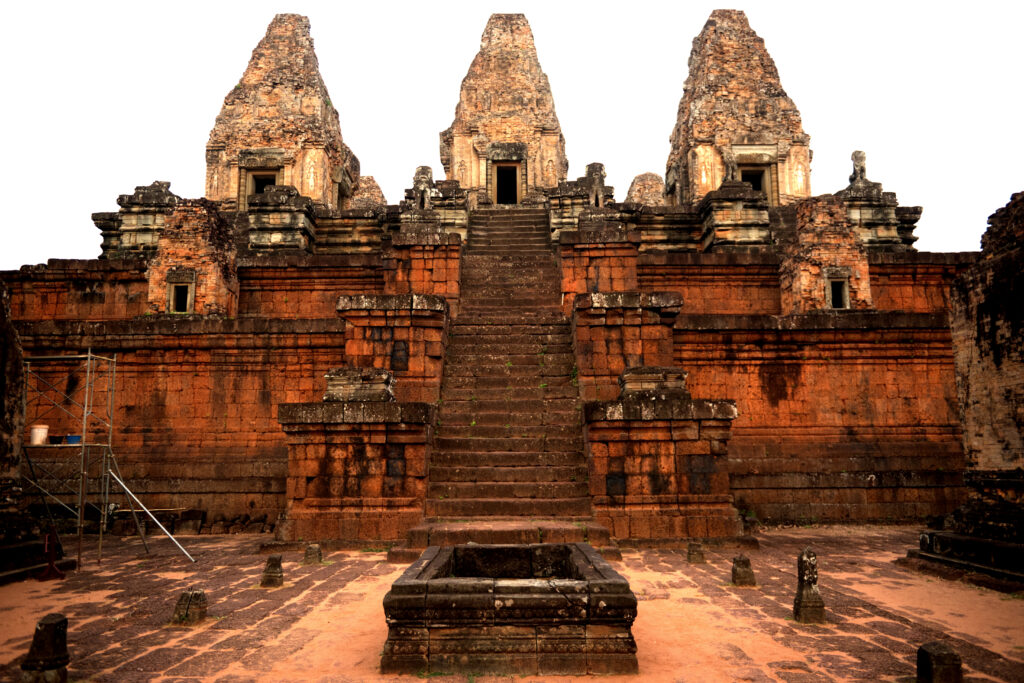
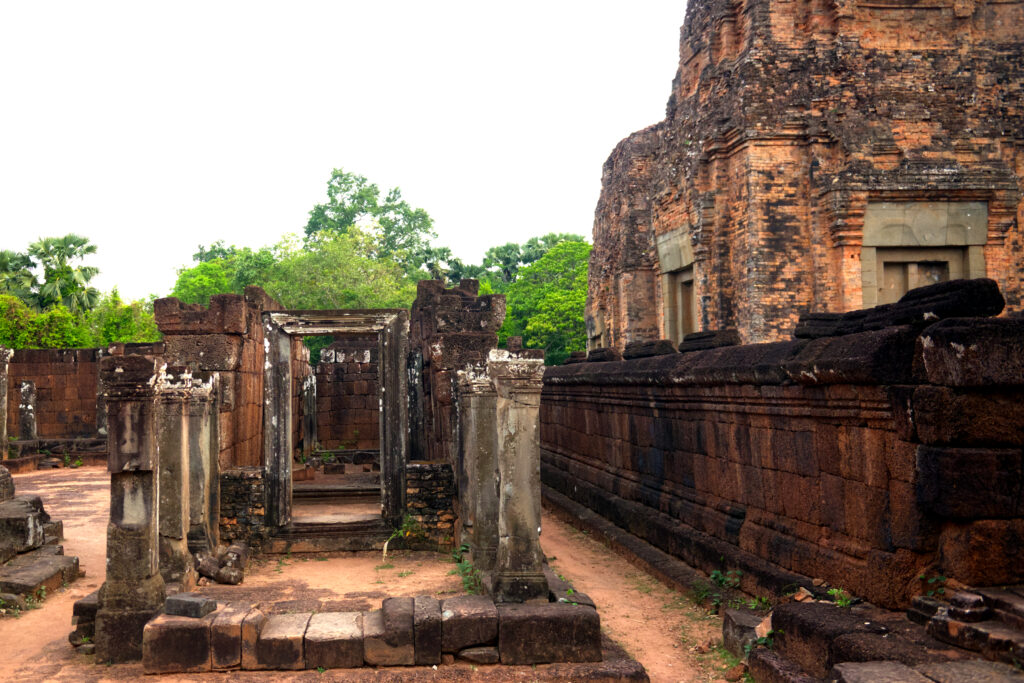
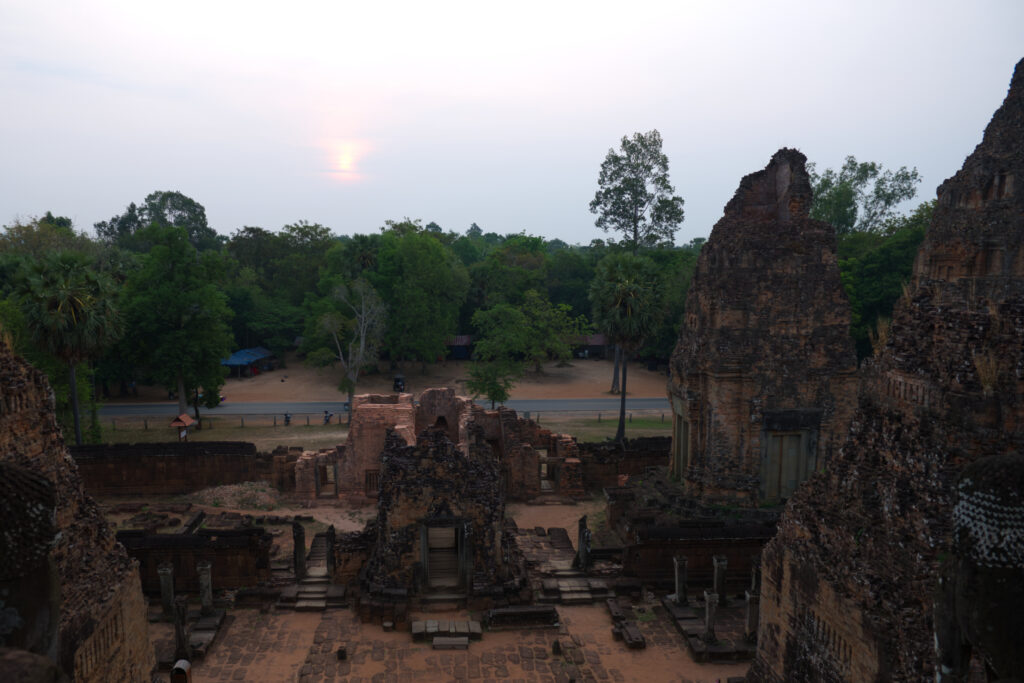
After the shock wore off, we continued on and arrived at Pre Rup just after 5 a.m. Pre Rup is a reddish stone temple mountain that predates Angkor Wat. I was worried it would be as crowded as Angkor Wat at sunrise, but to my surprise, I had the place entirely to myself for the first hour. It was peaceful and surreal. That said, I probably wouldn’t return here for sunrise again — the temple faces east, so it’s actually better suited for sunset. Still, I was happy with the photos I captured and the time spent alone.

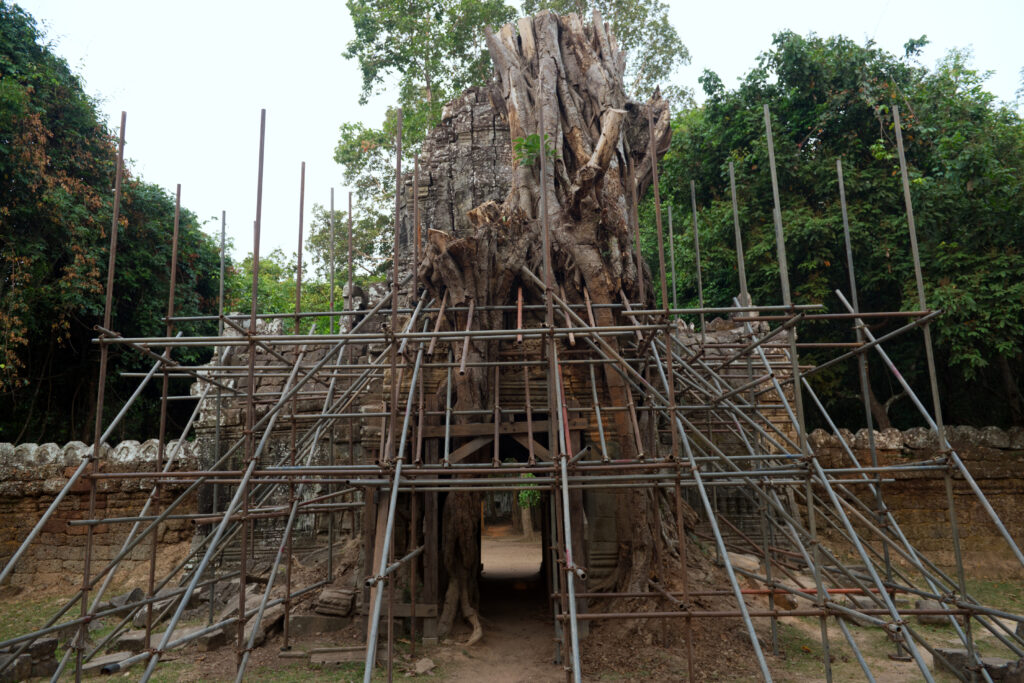
Next, I visited Ta Som, a small, quiet temple also partially reclaimed by the jungle. It’s known for its peaceful atmosphere and the iconic eastern gate that once had a giant tree growing through it. Sadly, it looked like the tree either died naturally or was cut down, but the setting still felt like wandering through a forgotten world.
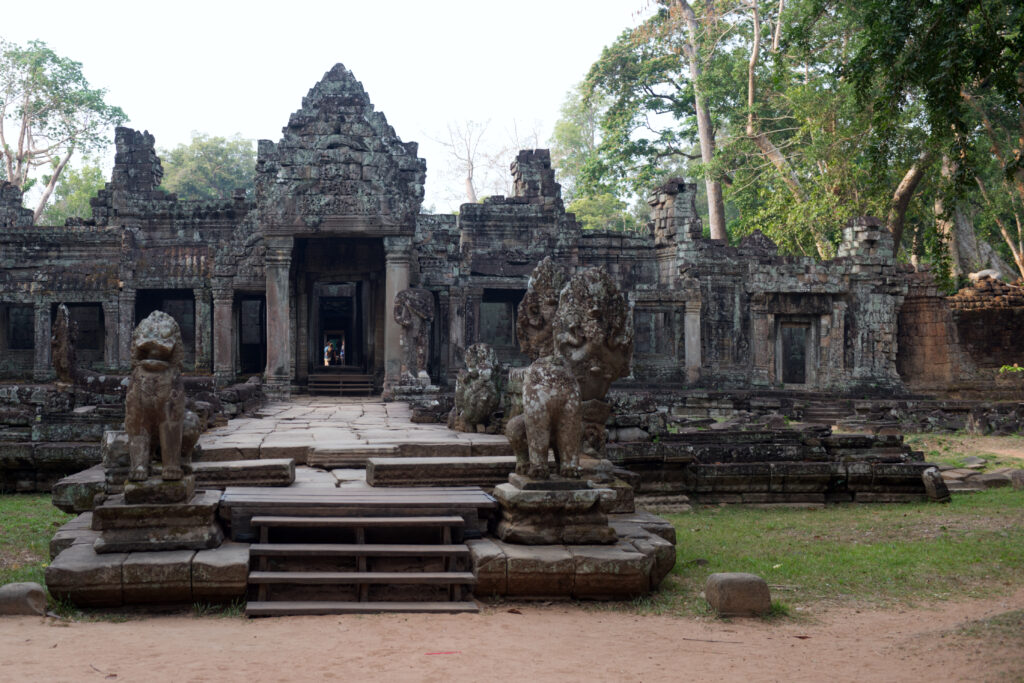
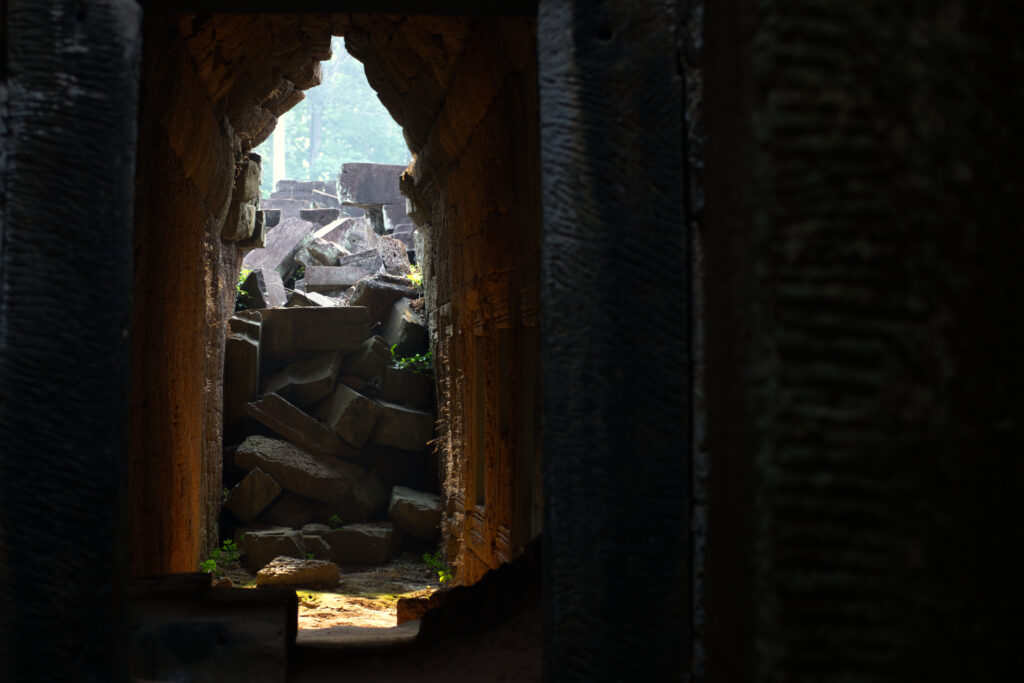
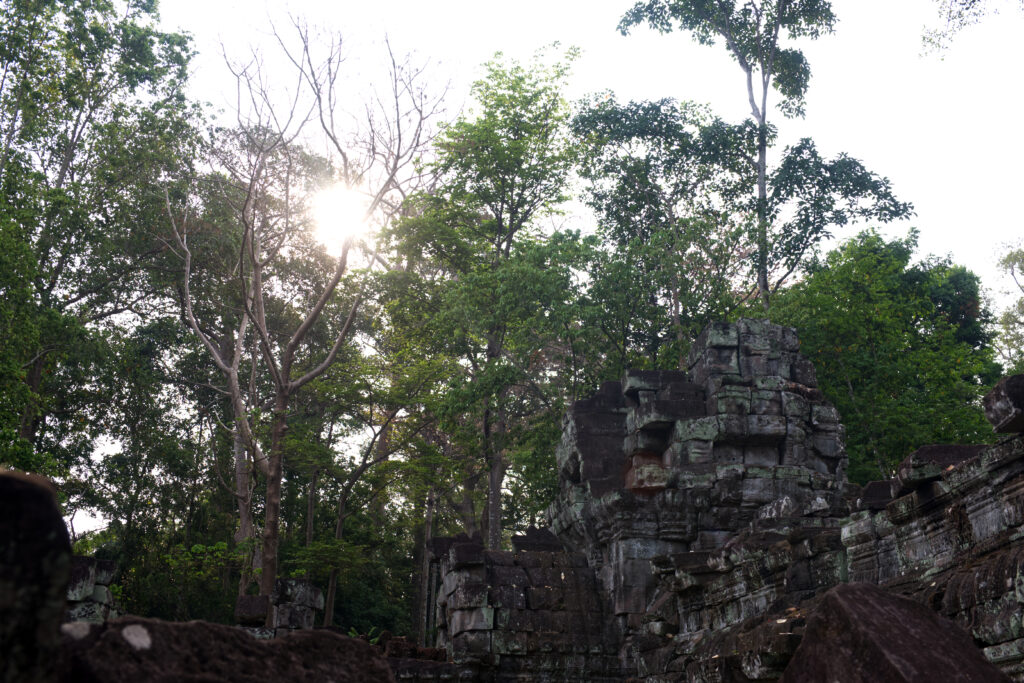
Finally, I stopped at Preah Khan, a sprawling temple complex that once served as a Buddhist monastery and university. It’s massive, with long corridors, intricate carvings, and crumbling stone structures surrounded by thick forest. It took a while to walk through, and when I exited from a different entrance, I discovered the road there was under construction and I couldn’t call a Grab. I had to walk back through the temple to the original entrance just to leave. That detour added quite some time.
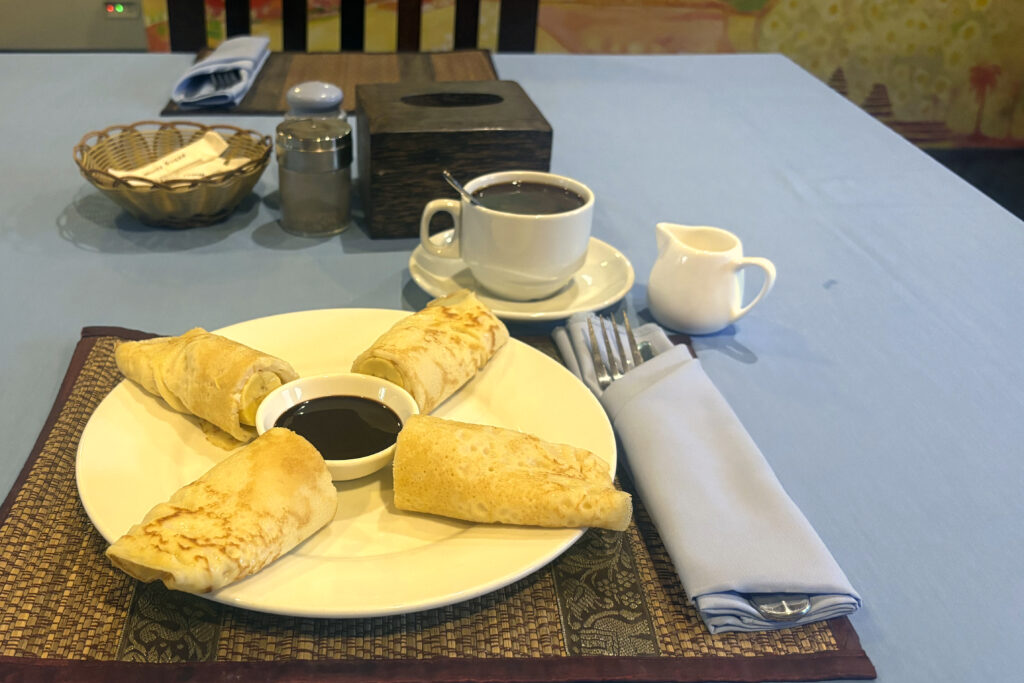
One thing I’ve come to appreciate — and occasionally get frustrated by — is how relaxed Cambodian culture can be. This morning, I got back to my hotel at 8:52 a.m., feeling proud that I’d made it just in time for the free breakfast. But when I reached the dining area, it was already closed. When I asked the front desk, the receptionist shrugged and said, “The chef didn’t see anyone, so she left.”
From an American perspective, that would be unacceptable — but here, it’s just how things go. I’ve learned to roll with it. And since there was no (free) breakfast for me here this morning, here’s a photo of the banana crepe I had yesterday instead. At least that’s still worth showing off.
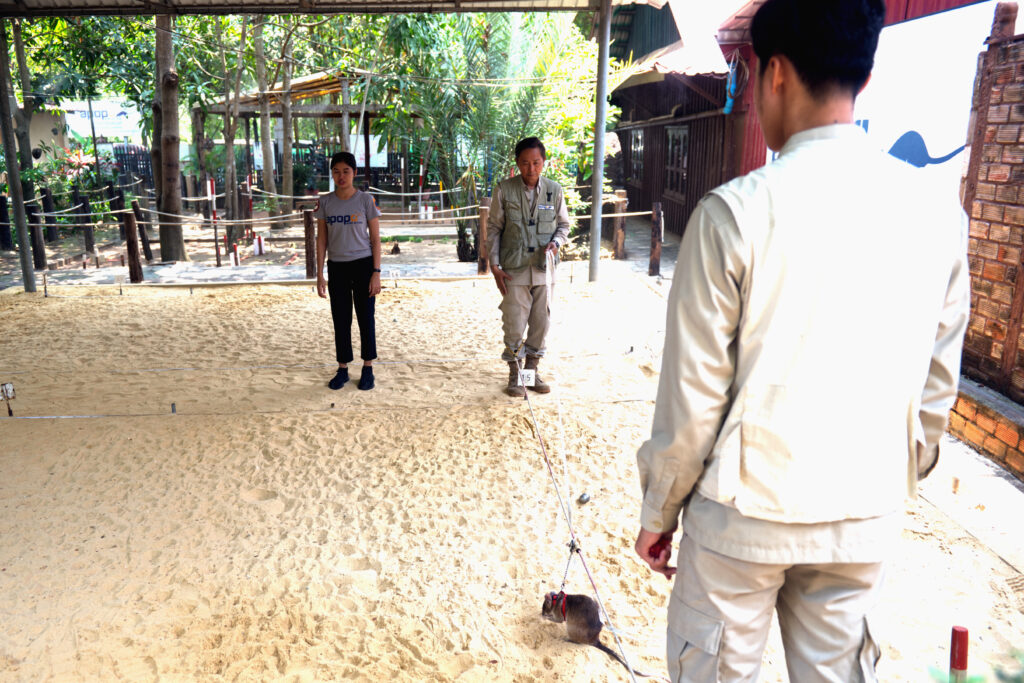
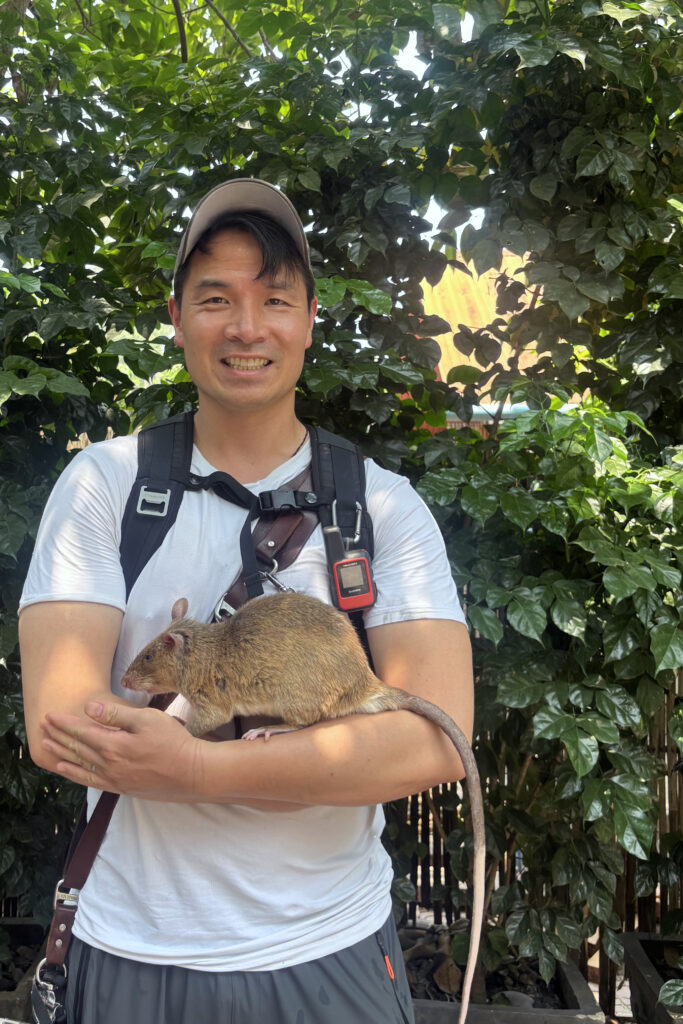
After grabbing food elsewhere, I visited APOPO, an NGO that trains African Giant Pouched Rats to detect landmines. Cambodia remains one of the most heavily mined countries in the world, the result of decades of conflict: U.S. bombing campaigns during the Vietnam War, the Khmer Rouge regime, and the subsequent Vietnamese invasion all left the country littered with unexploded ordnance. APOPO’s work is critical — not only in making land safe again, but in giving families access to farmland, schools, and roads. At the end of the visit, I got to hold one of the rats. His name was Jordan.
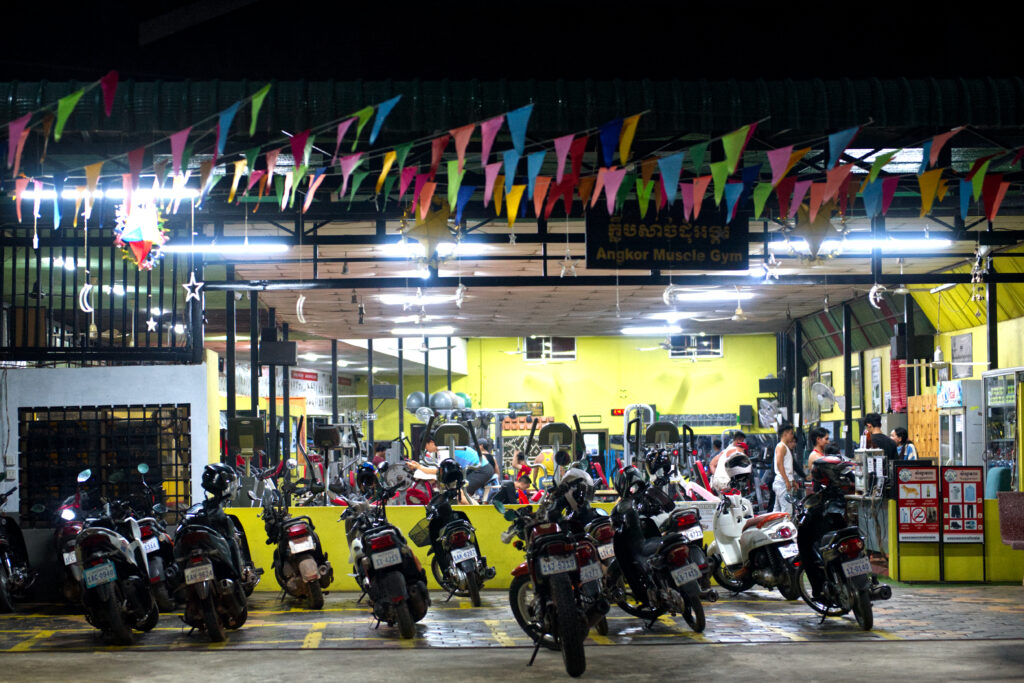

In the afternoon, I finally checked out Angkor Muscle Gym, an outdoor iron-style gym I’d been curious about since my first night in Siem Reap. It’s only $1 USD to enter (more if you use the treadmill, since it requires electricity). Unfortunately, I went in the middle of the day when it was 95°F with 50% humidity. It was like working out inside a steam room. Easily the most miserable gym session I’ve ever had. That said, if I lived here, I’d totally come back — just early in the morning or later in the evening. The equipment was basic, but more than enough for a solid workout.
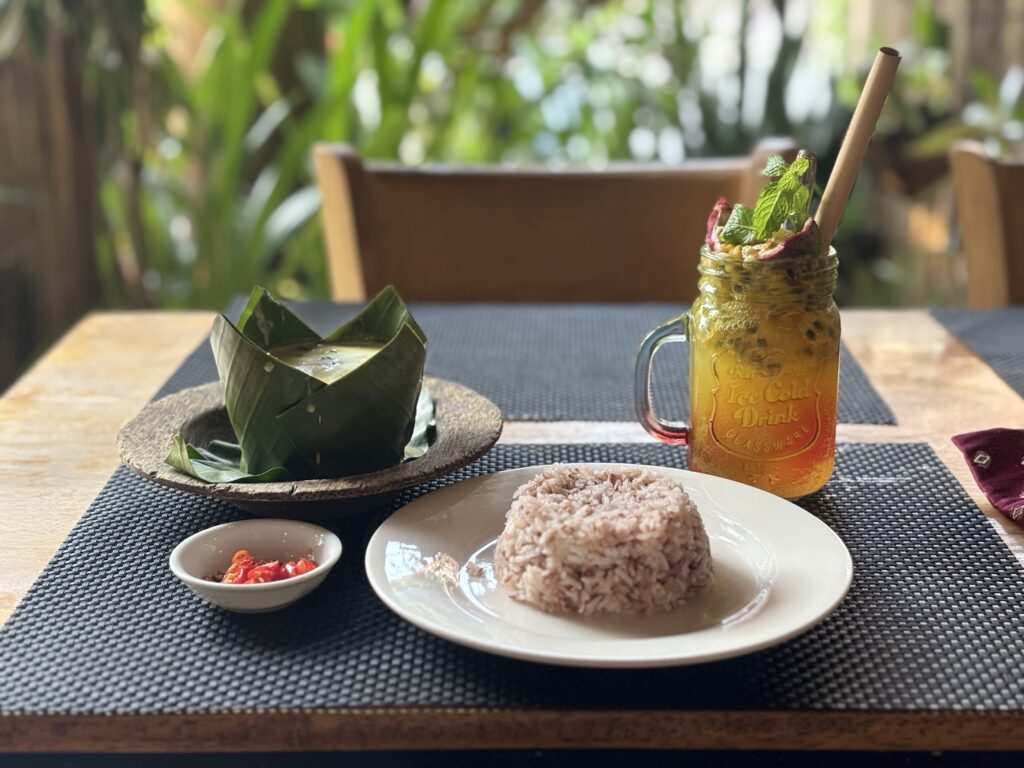
To close out both my day and my time in Cambodia, I treated myself to one final Cambodian dinner. I ordered amok again — because why not? And while it still didn’t top the version I had in Phnom Penh, the passion fruit soda they served alongside it was fantastic. That alone was worth writing home about.
I’ve learned a lot about Cambodian history during my short time here. It’s a beautiful country, and while its modern past has been grim, the people have been incredibly warm and remained quietly resilient. I’d love to come back one day — hopefully with Jean. But for now, it’s on to the next leg of my trip: Vietnam.




Comments are closed.